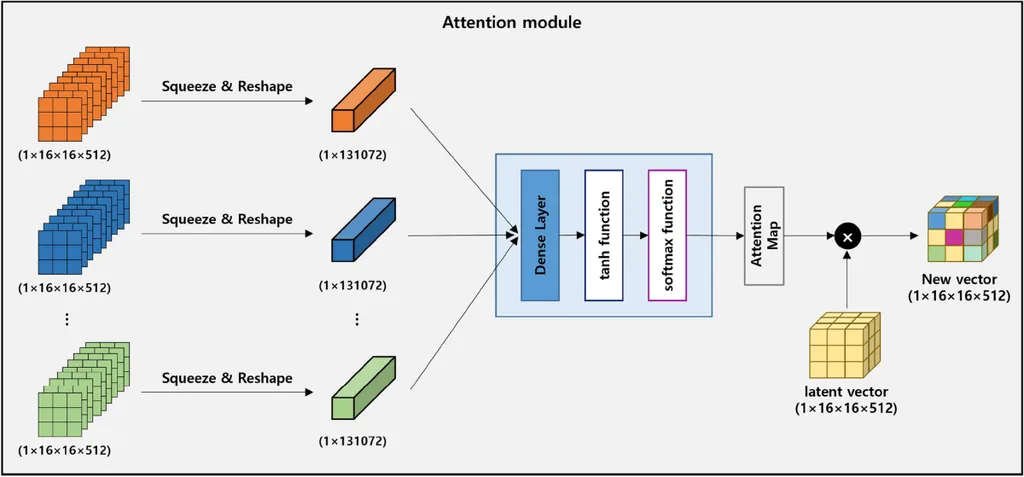In the quest to unlock the secrets of advanced materials, a team of researchers led by Hirotaka Manaka from the Graduate School of Science and Engineering at Kagoshima University in Japan has developed a groundbreaking deep learning framework that could revolutionize the way we analyze birefringence imaging. This innovative approach, detailed in a recent study published in the journal “Science and Technology of Advanced Materials: Methods” (which translates to “Materials Science and Technology: Methods” in English), promises to enhance our understanding of stress-induced ferroelectric materials, with significant implications for the energy sector.
At the heart of this research lies the challenge of resolving overlapping optical polarization (OP) components in polarized light microscopy. Traditional methods have struggled with this issue, limiting the so-called ‘polarization resolution.’ Manaka and his team have tackled this problem head-on by integrating statistical analysis, machine learning, and deep learning techniques. Their goal? To reliably separate intrinsic OP states, even when faced with variations in the spatial receptive field (SRF) size.
The researchers focused their efforts on temperature-dependent birefringence imaging of the stress-induced ferroelectric SrTiO3 under an external force of 231 MPa. To extract temperature-dependent features from sequential image data, they employed a long short-term memory (LSTM) network. This powerful tool effectively captures subtle changes in structural and ferroelectric phase transitions, providing a deeper insight into the material’s behavior.
But the innovation doesn’t stop there. The team also utilized a 3D convolutional autoencoder (3DCAE) to learn spatial relationships between adjacent pixels from these temperature-dependent features. This step addresses OP overlap at different spatial scales based on varying SRF sizes. “Although the 3DCAE output considerably depends on the SRF size, clustering results obtained via temperature series forest (Tsf) analysis are highly consistent,” explains Manaka. This robustness indicates that the extracted OP states reflect physically meaningful spatial distributions rather than convolution artifacts.
The implications of this research are far-reaching, particularly for the energy sector. Ferroelectric materials like SrTiO3 are crucial for developing advanced energy storage devices, sensors, and actuators. By providing a robust foundation for OP-sensitive imaging, this deep learning framework could accelerate the discovery and optimization of new materials, ultimately leading to more efficient and sustainable energy solutions.
Looking ahead, this study opens up exciting possibilities for future developments in materials science. As Manaka and his team continue to refine their analytical framework, we can expect even greater insights into the complex behaviors of advanced materials. This work not only advances our scientific understanding but also paves the way for innovative applications that could transform the energy landscape.

